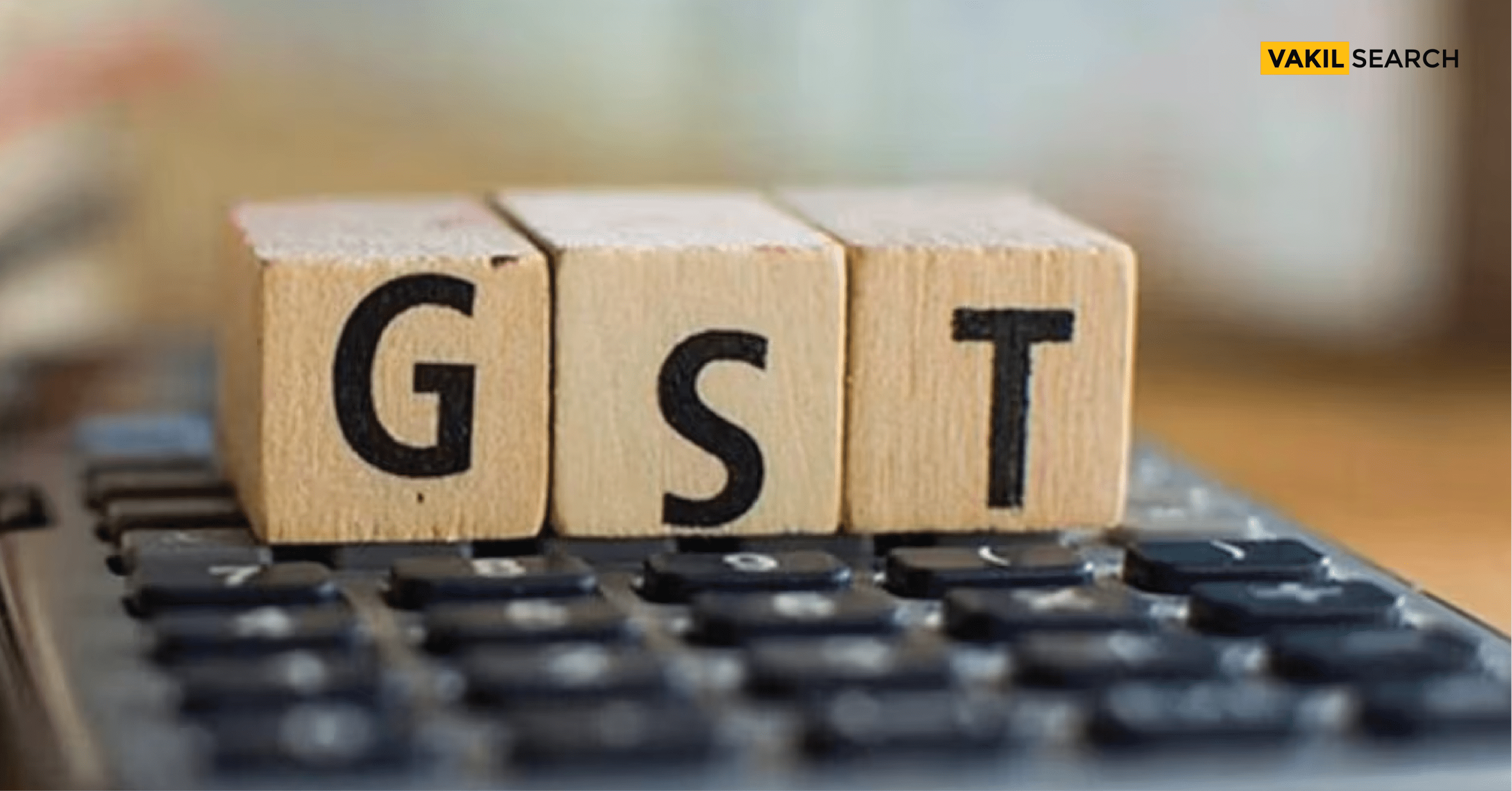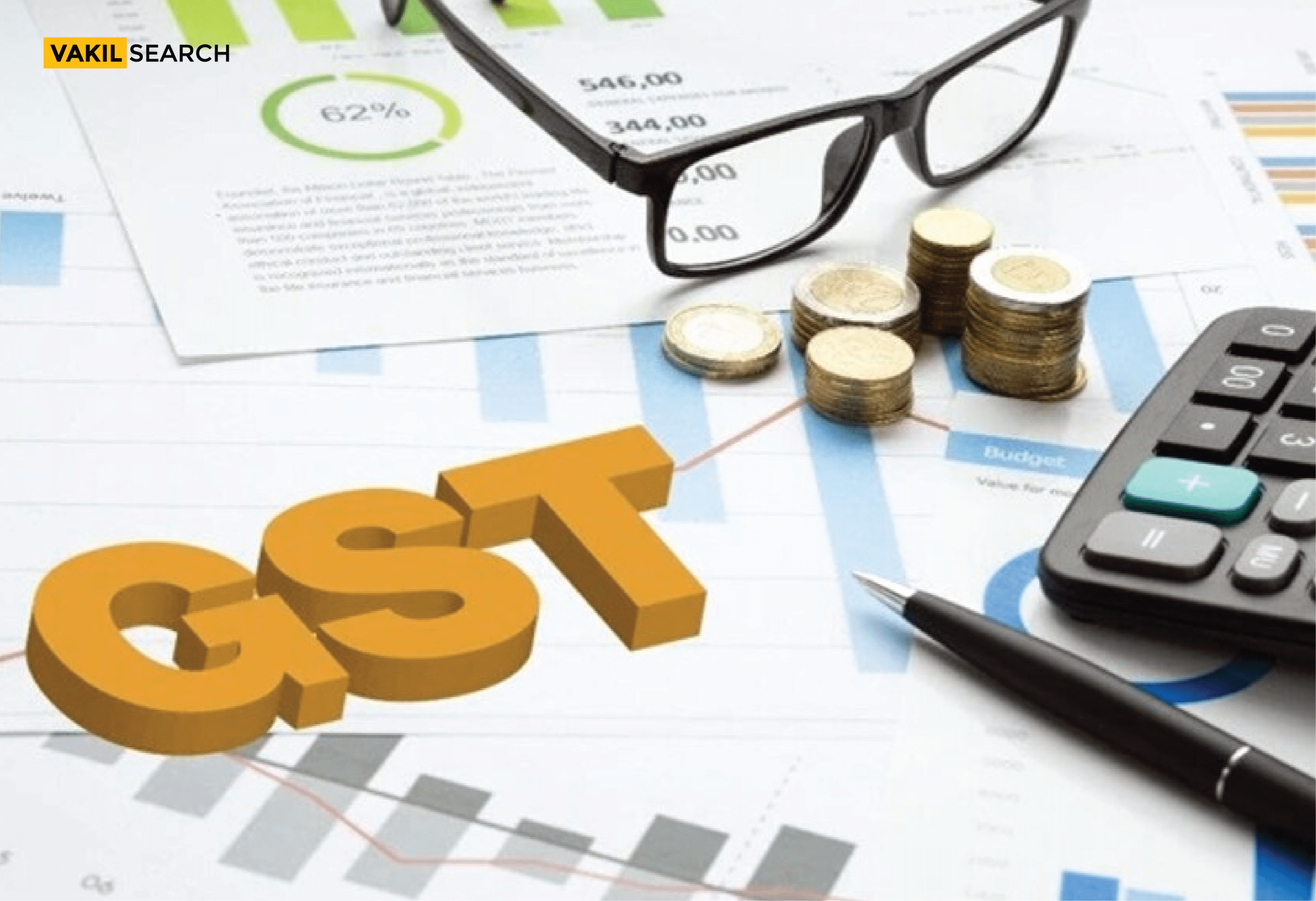The central and state governments GST collections reaching ₹1.77 trillion in GST in March, representing a 7.3% year-on-year increase after refund adjustments, as per official data. In the financial year FY25, GST collections grew by 8.6% after refunds, totaling ₹19.56 trillion, according to GSTN data.
March GST Collections 2025 Performance & Import Trends: Key Highlights
- GST Refunds Issued in March: ₹19,615 crore in GST refunds were issued
- Total GST Refunds for FY 2023-24: ₹2.52 trillion
- Net Tax Revenue from Domestic Sales: Increased by 9.3% YoY to ₹1.38 trillion in March
- Revenue from Imports (IGST): Remained stable at ₹38,830 crore
- Merchandise Imports: Fell by 16% YoY in February to $50.96 million (according to Commerce Ministry data)
- GST Collection for February Transactions: Collected in March.
On an annual basis, net GST revenue from domestic sales rose by 10.1%, whereas IGST revenue and cess on imports increased by just 3.5%. This disparity may indicate the success of import substitution measures under the Atma Nirbhar Bharat initiative and production-linked incentive schemes, said M.S. Mani, partner for indirect taxes at Deloitte India.
Before factoring in tax refunds, revenue collection for March stood at ₹1.96 trillion, marking a 9.9% year-on-year increase, while the total for the financial year reached ₹22 trillion, reflecting a 9.4% growth.

A Resilient Economy
The continued rise in GST collections points to a robust domestic economy, largely unaffected by global economic challenges and driven by strong consumer spending, stated Saurabh Agarwal, tax partner at EY.
The GST Council is currently reviewing tax rate rationalisation to streamline the GST structure, eliminate tax anomalies—such as higher taxes on raw materials than finished products—and potentially provide tax relief on selected goods and services. A ministerial panel, led by Bihar’s Deputy Chief Minister Samrat Chaudhary, is evaluating proposals that may be discussed at the next GST Council meeting.
Among major state economies, Uttar Pradesh reported a 10% annual increase in GST revenue for March, while Maharashtra saw a 14% rise. Gujarat posted a 6% growth, Tamil Nadu registered a 7% increase, and Delhi recorded a 5% growth in GST revenue.
Experts attribute the growth in tax collection in FY25 to the completion of proceedings related to short-payment of tax from the previous three financial years, alongside improved data collection and reporting requirements.

Conclusion
The steady increase in GST collections, both on a monthly and annual basis, underscores the resilience of the Indian economy despite global challenges. The growth in domestic GST revenue, coupled with stable IGST collections, reflects the positive impact of self-reliance initiatives such as Atma Nirbhar Bharat and production-linked incentive schemes. Improved compliance, data reporting, and completion of past tax short-payment proceedings have also contributed to the robust tax revenue. With the GST Council exploring further tax rationalisation, the focus remains on simplifying the tax structure and supporting economic stability. Consult an GST expert today from Vakilsearch for more clarity. Our team can help you with on time GST registration and filing effectively.

